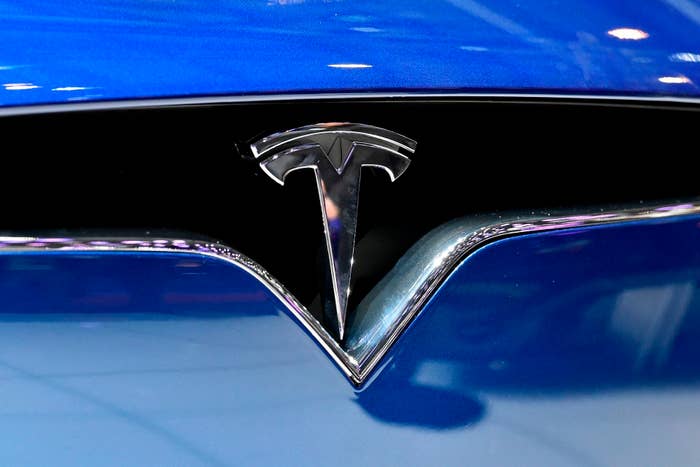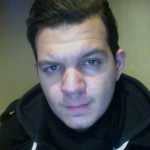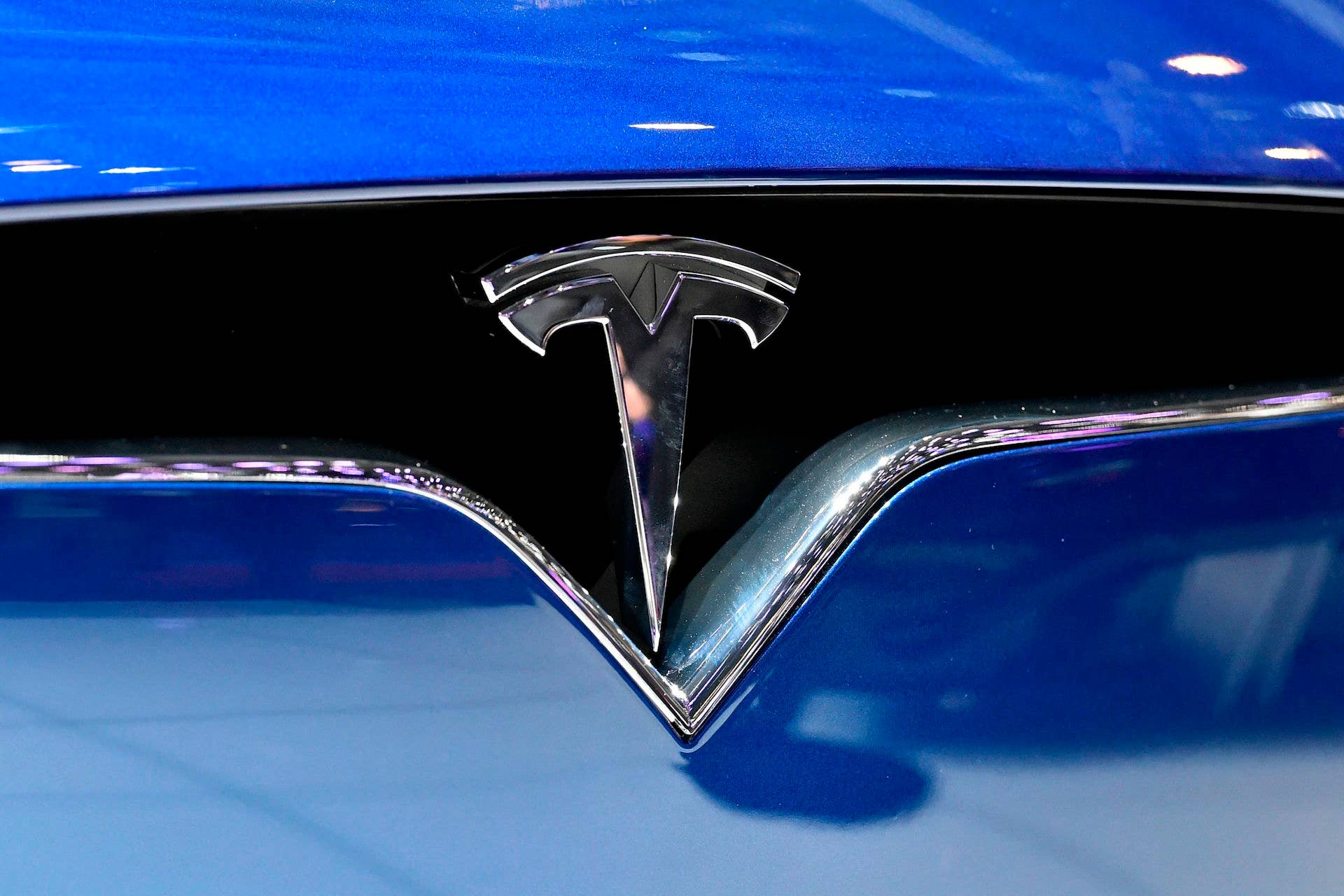
The National Transportation Safety Board has determined in its investigation that the man behind the wheel of a Tesla that crashed in California two years ago was playing a video game on his phone at the time of the accident, according to NBC Bay Area.
Walter Huang was commuting to his engineering job at Apple on March 23, 2018 when he activated the "autopilot" feature on his semi-autonomous 2017 Model X. The NTSB said that based on the cell phone records and data received from Huang’s phone, they can conclude that a gaming app was in use when his car crashed into a concrete barrier on Highway 101. NTSB chairman Robert Sumwalt also pointed out that "the Tesla car log data showed that there was no driver-applying steering wheel torque, indicating the hands were likely off the steering wheel during this time period."
Sumwalt concluded that the blame for Huang's death goes all around. "In this crash we saw an over-reliance on technology, we saw distraction, we saw a lack of policy prohibiting cell phone use while driving, and we saw infrastructure failures, which, when combined, led to this tragic loss," Sumwalt said, per the Verge. "We urge Tesla to continue to work on improving their Autopilot technology and for NHTSA to fulfill its oversight responsibility to ensure that corrective action is taken where necessary. It’s time to stop enabling drivers in any partially automated vehicle to pretend that they have driverless cars."
While Huang is guilty of treating his Tesla as if it were a self-driving car, Sumwalt suspects that if California’s transportation department had repaired the damaged crash attenuator in front of the barrier, it's likely that he would still be alive. It had been damaged in a crash 11 days before the incident involving Huang.
Sumwalt was especially critical of Tesla for continuing to ignore recommendations from the NTSB regarding their vehicle automation systems. "We ask that recommendation recipients respond to us within 90 days. That's all we ask," Sumwalt said. "But it's been 881 days since these recommendations were sent to Tesla and we've heard nothing. We're still waiting."
The report indicates that the Model X's forward collision warning system assumed, prior to the crash, that it could actually return to 75 MPH cruise control speed Huang had set. When in fact, the car was speeding into an incoming barrier. The vehicle is also designed to alert the driver to pay attention to the road when it senses that there's no pressure being applied to the steering wheel torque, but Sumwalt believes more substantive safeguards need to be implemented to discourage an overreliance on the "autopilot" feature.
Sumwalt warns that if the appropriate response isn't taken, the "risk for future crashes will remain."

